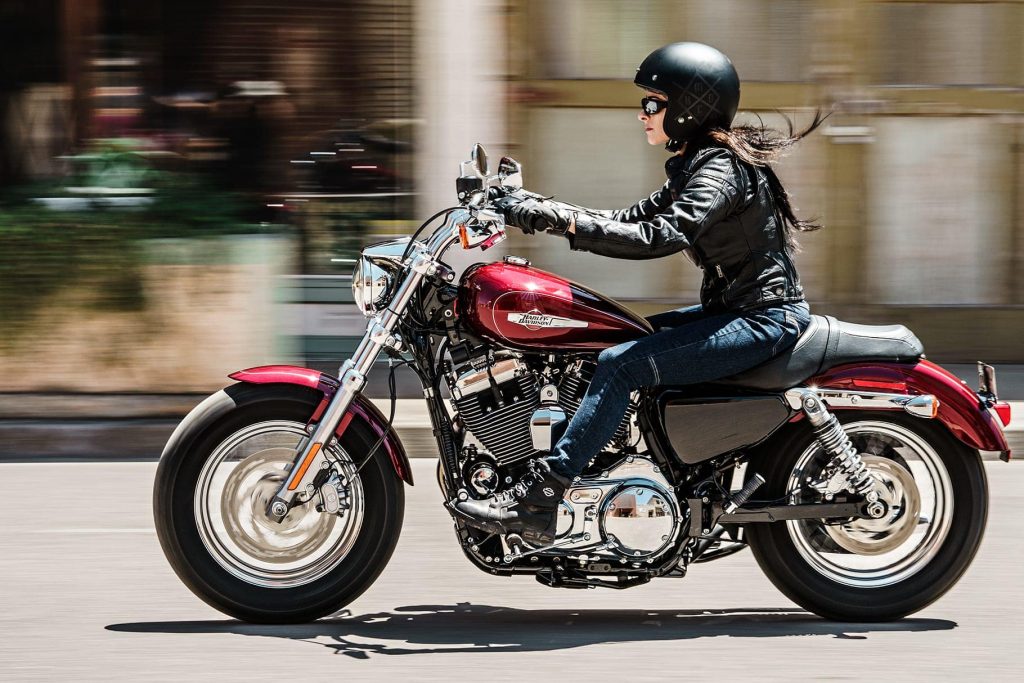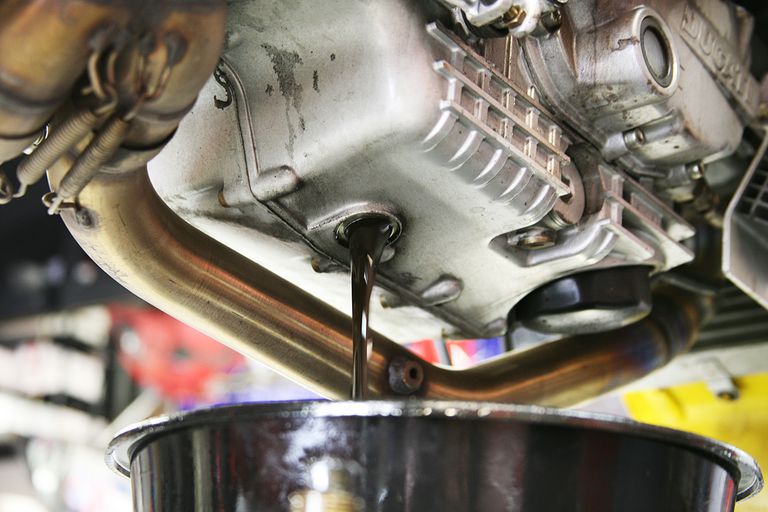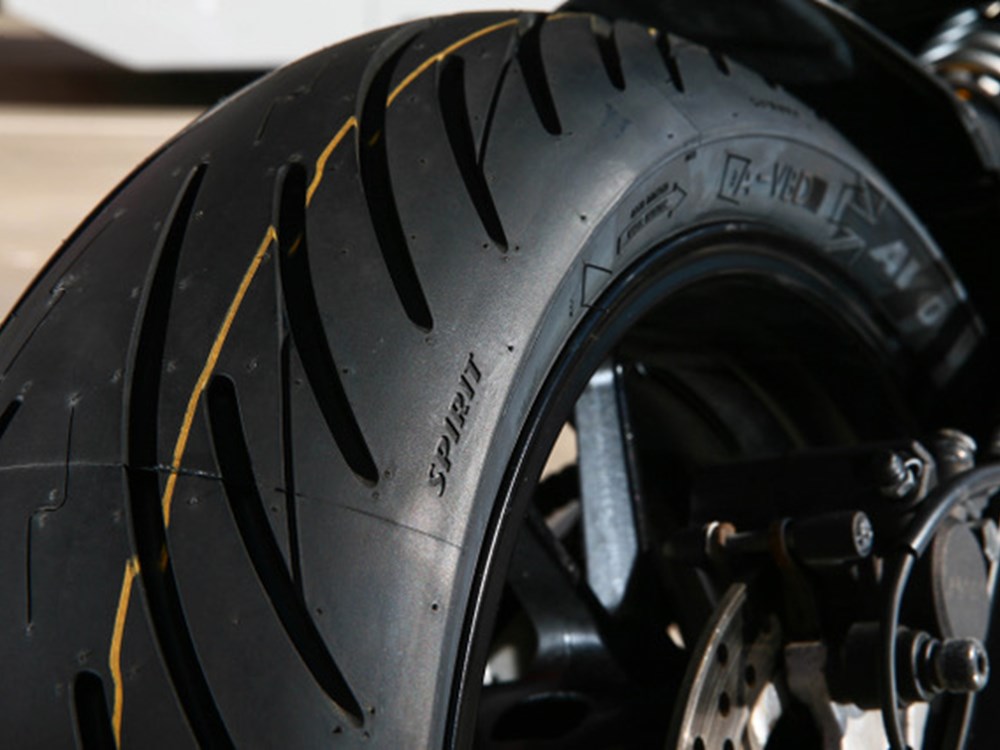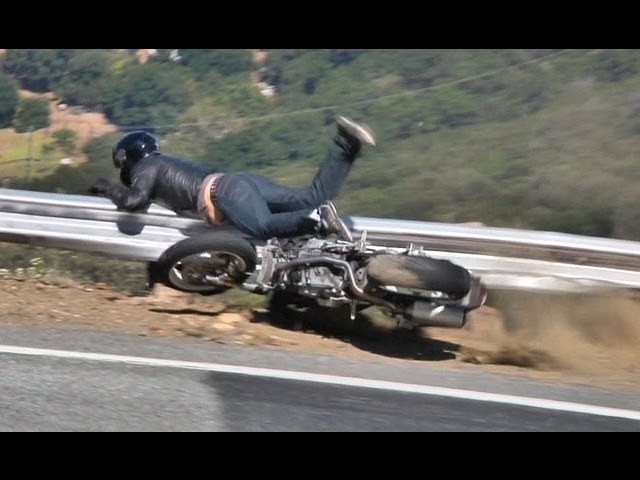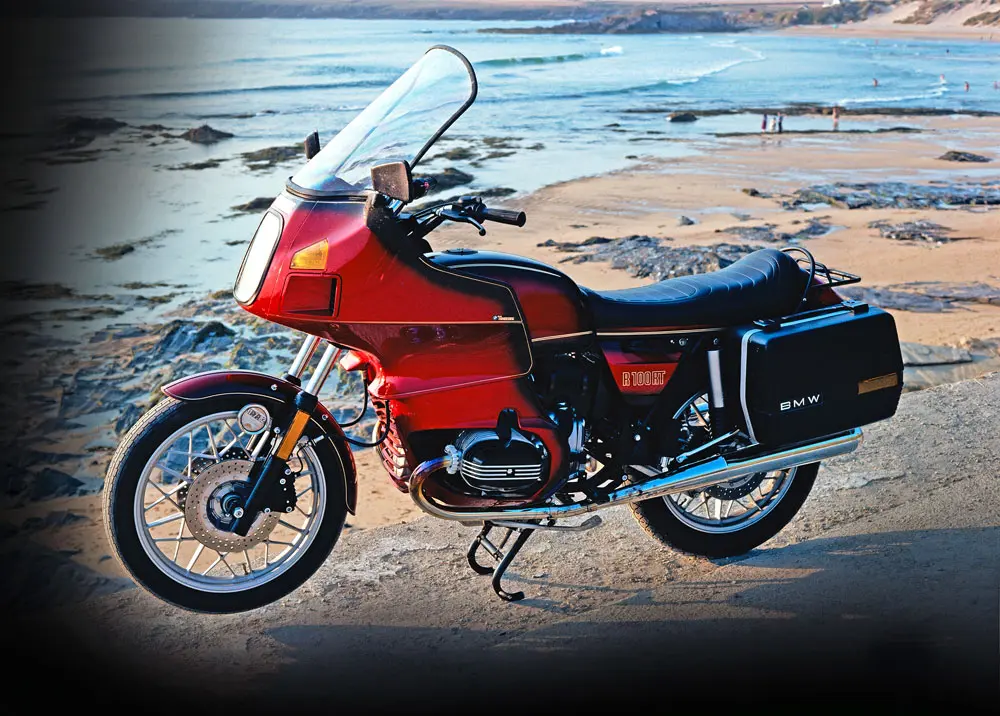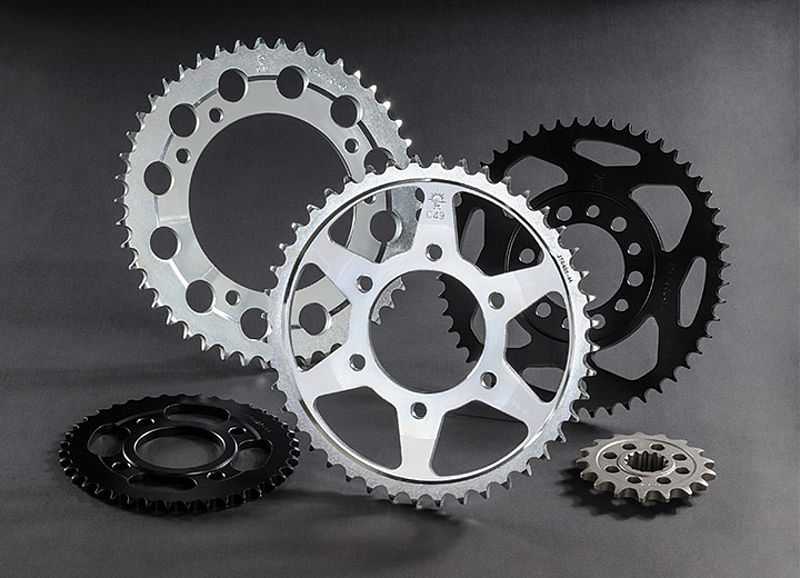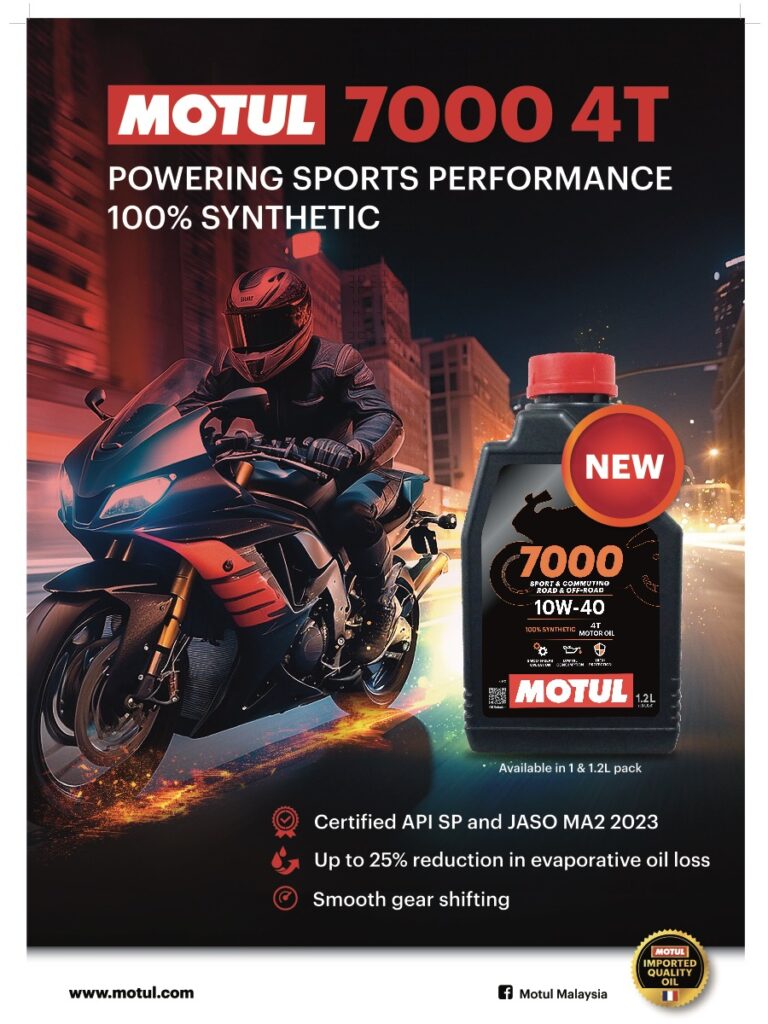-
Breaking in your bike means preparing it for a long service.
-
Done correctly and your bike will return a long life of good service.
-
Done wrongly and you’ll be suffering soon enough.
Ask around about how to break in your new bike and you’ll come across 101 answers. Which correct? Which is wrong?
Let’s start with the owner’s manual.
It usually specifies that you shouldn’t ride above a certain RPM within the first 1000 km, while also mentioning that you should vary your engine speed, not ride at a certain speed for long periods of time, and drag the engine in a certain gear.
Honestly, there’s nothing wrong by what the manufacturer recommends, but the way it’s written seems to suggest that one should over-coddle the engine. One way to look at this is because the manufacturers want you to take it easy and learn the new bike’s traits. That’s true statistically, as most crashes happen to riders who have just taken delivery of their new bikes.
However, there are a couple of things one should do to really break the engine in correctly. All of us want the engine to last a long time, produce good power and not burn oil.
AT STARTUP
Idling the engine for many minutes is bad.
While it’s true that fuels these days are relatively low in sulfur, especially the Euro 4 RON 97M variety, some gaseous residue may be left over just as you shut off the engine. Left overnight, the combustion chamber cools down and a little bit of water starts to condensate on the metal parts inside the combustion chamber. This water will then mix with the sulfur gases and produce traces of sulfuric acid.
What does acid do to metal?
Idling will not produce enough pressure to blow this harmful mixture out. Plus, oil circulates better under load.
Additionally and contrary to popular belief, you don’t have to spend 10 to 20 minutes to warm it up since our climate’s ambient temperature averages 28o to above 30o C, unlike in Mat Salleh countries.
The best way, then, is to start up and ride off but do so gently. Remember, GENTLY. We’re breaking in the bike, not breaking it. To give it full throttle now will have your bike screaming “overhaul!”
VARY YOUR THROTTLE APPLICATION
Avoid using constant, droning throttle and speed for the first few hundred kilometres. Varying the amount of throttle will produce both positive and negative pressures in the combustion chamber to seat the piston rings properly.
Correctly seated rings will consequently provide a proper seal, reducing combustion gas blow by (leaking past the compression rings) and oil consumption (leaking past the bottom oil control ring).
I’ve personally met a couple owners who found their new bikes either 1) “eating oil” and smoking or 2) lacks power after breaking in. Both happen because they kept using constant throttle. Constant throttle will coat the cylinder walls with a varnish and couldn’t seat the piston rings. To address this, they will need to rebore their cylinders (overhaul!) and repeat the break in process.
EASY ON THE REVS
It’s easy to think about not over-revving but you’d need to remember to no under-revving it, too.
You could ride through the gears up to 50% of the redline (i.e. 5,000 RPM if the redline is at 10,000 RPM) for the first 100 km, then up to 75% throttle for the remainder is good practice, in line with varying the amount of throttle you use.
Additional point: There are veterans and experts who recommended that you could redline the engine for the last 100 km just before the first 1000 km service. You may also apply this technique to allow the oil to flush break in debris into the sump.
SERVICE!
Don’t ever miss the especially crucial first service, which is usually at 1000 km.
The oil will contain bits of metal shavings from the engine, transmission and clutch when they break in, which needs to be removed.
OTHER PARTS
Do also keep in mind that the brakes and tyres similarly need breaking in, too. Vary your speed and loads to break them in, just like the engine. However, do keep a safe margin for the first 500 km.

